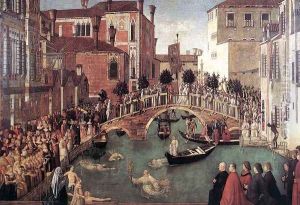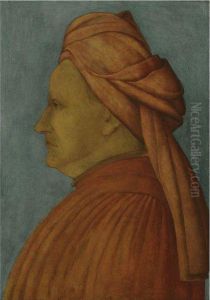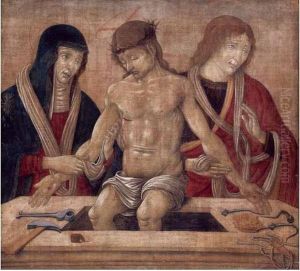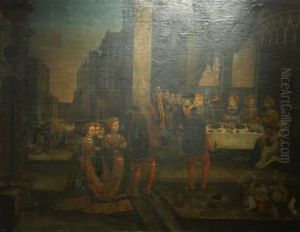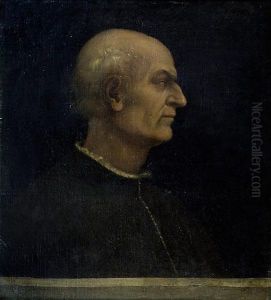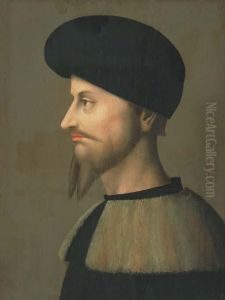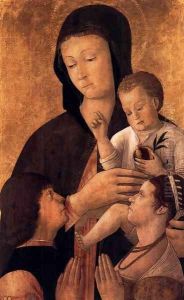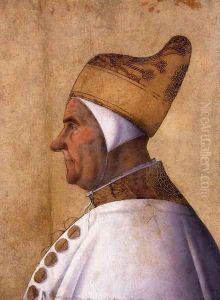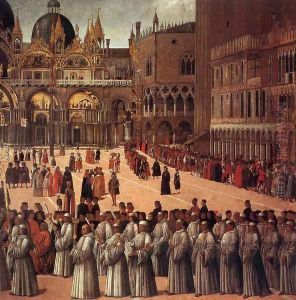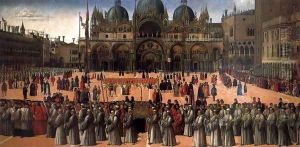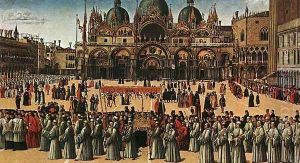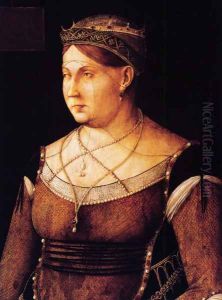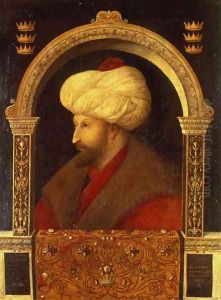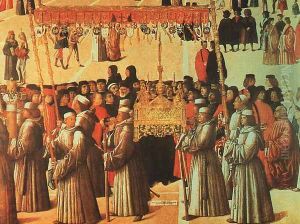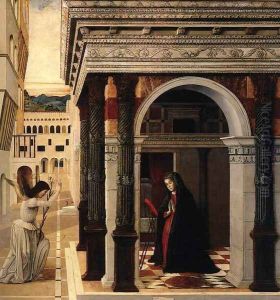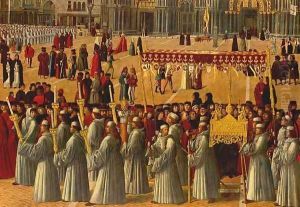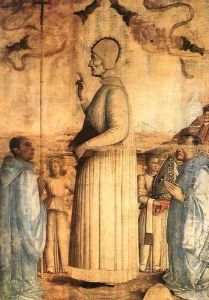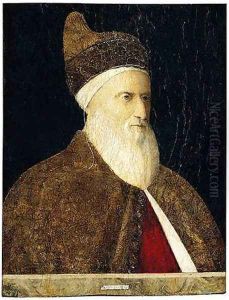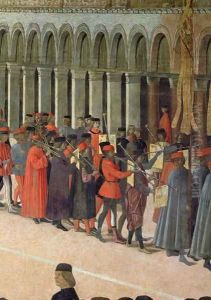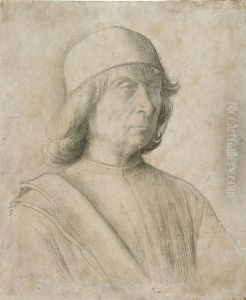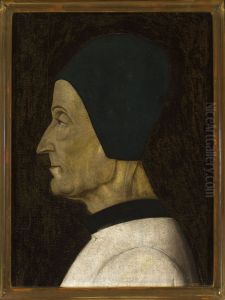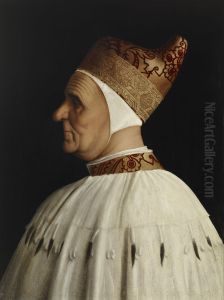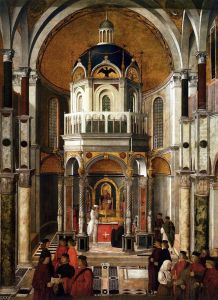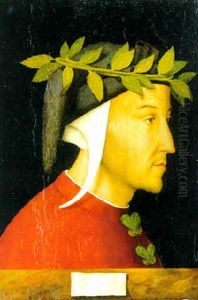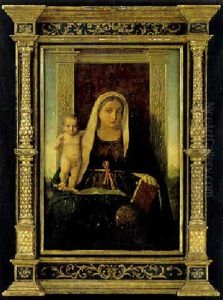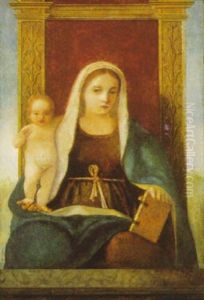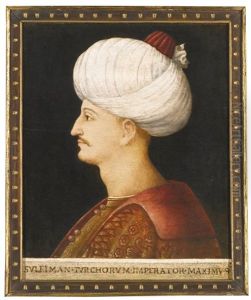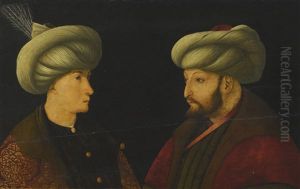Gentile Bellini Paintings
Gentile Bellini was an Italian painter from the Republic of Venice, known for his refined and detailed portraits as well as his narrative scenes. Born around 1429 into the Bellini family of painters, his father Jacopo Bellini was a renowned Venetian artist, and his brother Giovanni Bellini was also a highly celebrated painter of the Venetian school. The Bellini family workshop was among the most influential in Venice and played a pivotal role in the development of the Venetian Renaissance style.
Gentile's training commenced under the tutelage of his father, and he was heavily influenced by his brother Giovanni and the works of Andrea Mantegna, who was related to the Bellinis by marriage. Throughout his career, Gentile was recognized for his grand historical paintings and his skillful integration of Venetian and Byzantine art traditions.
In 1479, Gentile was sent by the Venetian government to Constantinople to work at the court of Sultan Mehmet II. His experience in Constantinople allowed him to study and incorporate elements of Islamic art, which brought a unique perspective to his work. His famous portrait of Sultan Mehmet II is a testament to this cultural exchange and stands as a significant example of early portraiture that blends Eastern and Western artistic traditions.
After his return to Venice, Gentile's reputation continued to grow. He was commissioned to paint large-scale narrative scenes for public buildings, including the Scuola Grande di San Giovanni Evangelista and the Scuola Grande di San Marco. His works are characterized by their detailed architectural settings and use of perspective, a testament to the influence of his brother Giovanni and other contemporary artists.
Gentile Bellini was one of the foremost painters of his time, bridging the gap between the Byzantine and Renaissance art worlds. His contribution to Venetian art was significant in shaping the city's unique aesthetic and in influencing subsequent generations of artists. He passed away in 1507, leaving behind a legacy of work that continues to be revered for its historical value and artistic merit.
